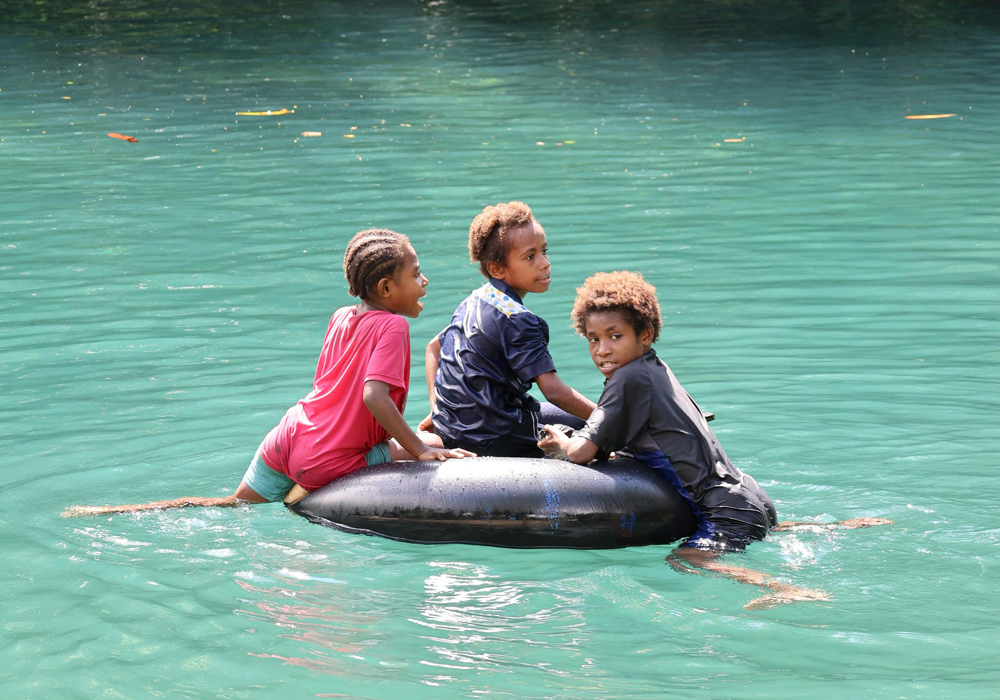A Fun-Filled Peek into the World of Indonesian Kids!. Imagine a world where the sun is always shining, the air is filled with the scent of tropical flowers, and the sound of laughter echoes down every street. Welcome to the vibrant and heartwarming world of Indonesian children! These kids are a special bunch, and their childhood is a unique blend of tradition, community, and pure, unadulterated fun.
Life in a Kampung (Village)
For many Indonesian kids, life is lived in a “kampung” or neighborhood where everyone knows everyone. It’s a place where front doors are often left open, and the whole street feels like one big family.
They’re taught early on to respect their elders, and it’s common to see a group of kids helping a neighbor or running errands for their grandparents. It’s a childhood built on community, where friendships are as strong as the ties that bind their families.
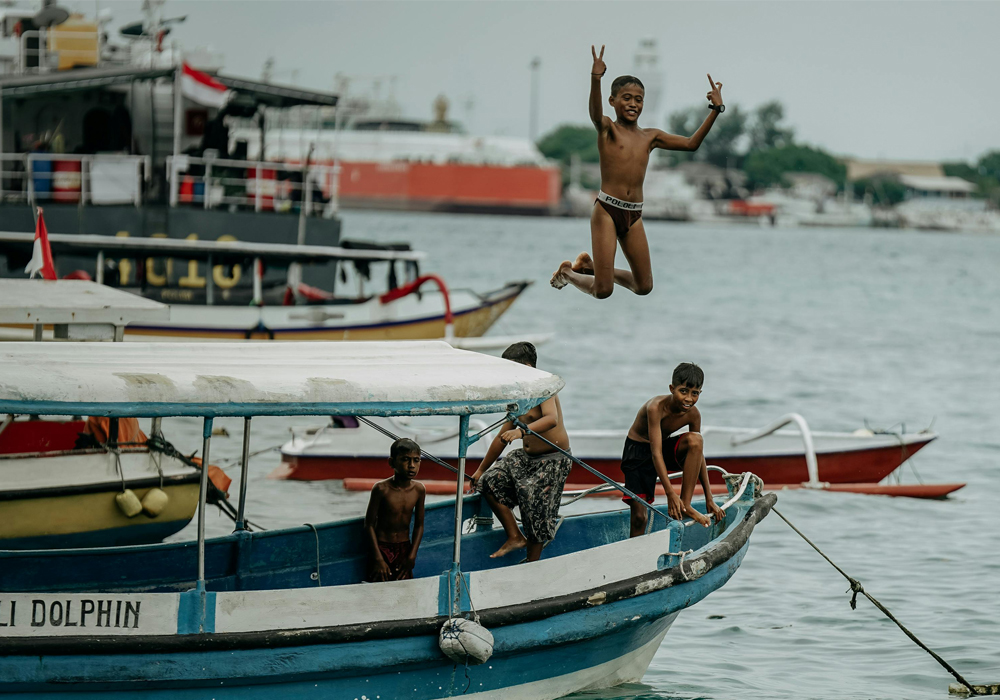
Parents: The Coolest Gurus
Indonesian parents are a fascinating mix of strict and super-chill. While they instill values like respect, obedience, and kindness, they also believe in giving their kids the freedom to explore and be themselves.
Family is at the heart of everything, and it’s not unusual for multiple generations to live under one roof. This means kids are surrounded by love, wisdom, and a whole lot of delicious home-cooked food!
Playtime: No Gadgets, Just Giggles!
Forget tablets and video games—Indonesian kids are masters of outdoor play. Their playgrounds are the streets, the fields, and the beaches. They invent their own games, using whatever they can find. You’ll see them playing “e-grang” (stilt walking), “petak umpet” (hide-and-seek), or flying kites that they’ve made themselves. It’s a childhood of imagination, where the best toys are a stick, a ball, and a few good friends.
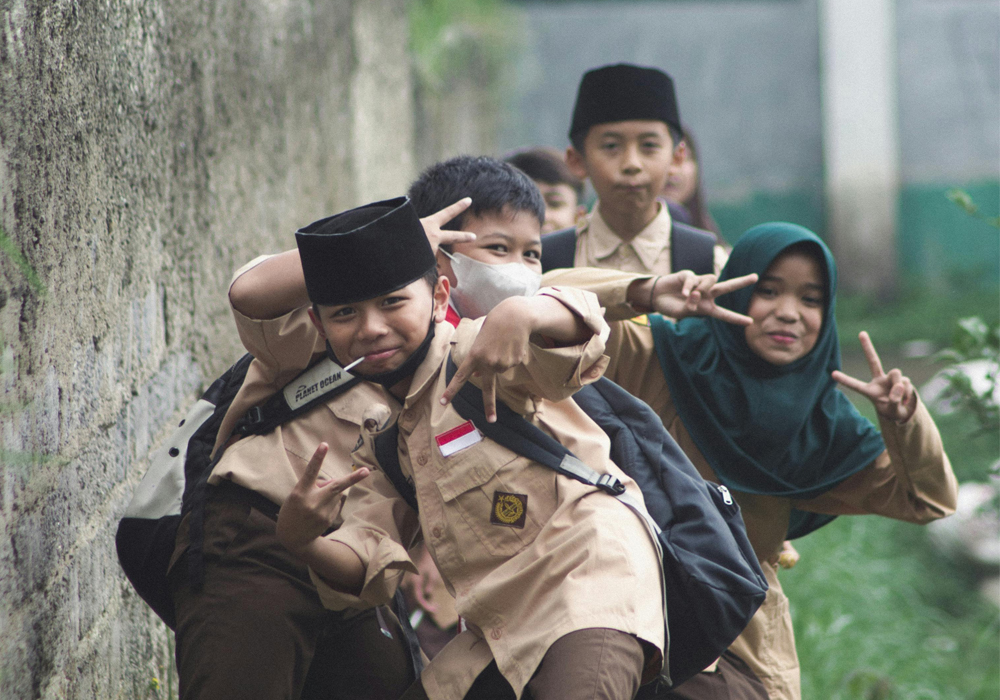
School Daze or School Haze?
School is important, but there’s a different kind of pressure. While parents want their kids to succeed, the “be the best at all costs” mentality isn’t as prevalent.
There’s a strong focus on community and teamwork. Students often study together, help each other with homework, and celebrate each other’s achievements. It’s a more relaxed environment where learning is about growth, not just grades.
A Safe and Sound Environment?
Indonesia is a safe place for kids in many ways. The community-oriented culture means that kids are often looked after by multiple adults in the neighborhood. However, like any country, there are challenges.
Poverty and access to education can be issues in some areas, but there’s a strong spirit of resilience. Despite these challenges, the love and support from their families and communities create a strong sense of safety and belonging.
Nature’s Classroom
Indonesian kids are nature’s best friends! They’re surrounded by lush rice paddies, volcanoes, and pristine beaches. This connection to nature is woven into their lives. They learn about plants and animals not from a book, but from the world around them.
This hands-on, natural education is a stark contrast to many Western kids who might have limited access to such a diverse natural environment.
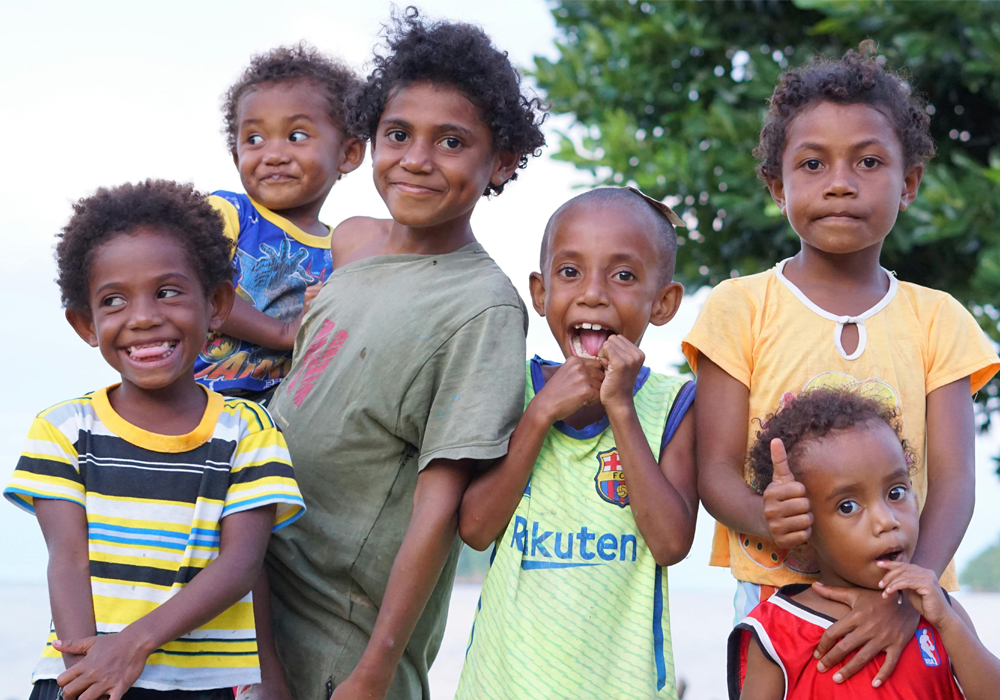
Are They Happier?
This is the big question! While happiness is subjective, there’s a strong argument to be made that Indonesian kids are some of the happiest in the world. Their lives are rich with community, family, and a simple joy that comes from playing outdoors and being surrounded by people who love them.
They’re taught to be content with what they have, to find happiness in the small things, and to always have a smile on their face. It’s a life lived with heart, and that, more than anything, is what makes an Indonesian childhood truly special.
School Enrollment and Attendance Data
Indonesian children generally attend kindergarten before they start elementary school. While not mandatory, early childhood education (often called PAUD, an acronym for Pendidikan Anak Usia Dini) is widely attended.
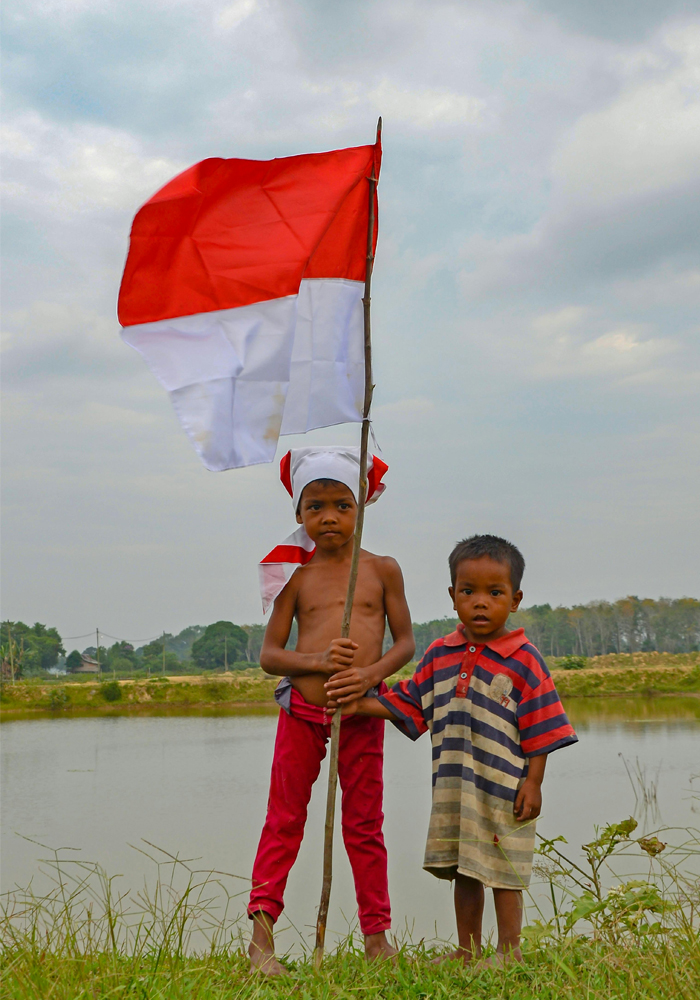
The government and various organizations have made significant efforts to increase access to PAUD, recognizing its importance for a child’s development and readiness for formal schooling.
Indonesia’s education system is one of the largest in the world, serving millions of students. The government has a strong commitment to ensuring all children receive a basic education.
- Elementary School (Sekolah Dasar – SD): This is the first level of compulsory education, for children aged 6 to 12. Recent data shows a near-universal enrollment rate, with over 99% of children attending elementary school.
- Junior High School (Sekolah Menengah Pertama – SMP): Following elementary school, students (typically aged 12 to 15) move on to junior high. The enrollment rate remains high at this level, at over 93%, demonstrating strong student retention within the compulsory education system.
- Kindergarten (Taman Kanak-Kanak – TK): While not compulsory, the gross enrollment rate for pre-primary education in Indonesia has grown significantly over the years. According to some data, it’s over 60%, indicating that a majority of Indonesian children now have access to this crucial early learning stage.
These high enrollment rates reflect Indonesia’s success in providing a foundation for education. However, it’s important to note that while enrollment is high, challenges remain in ensuring equal access and quality, especially in remote or less-developed regions. The focus is now shifting toward improving the overall quality of education and reducing disparities between urban and rural areas.
